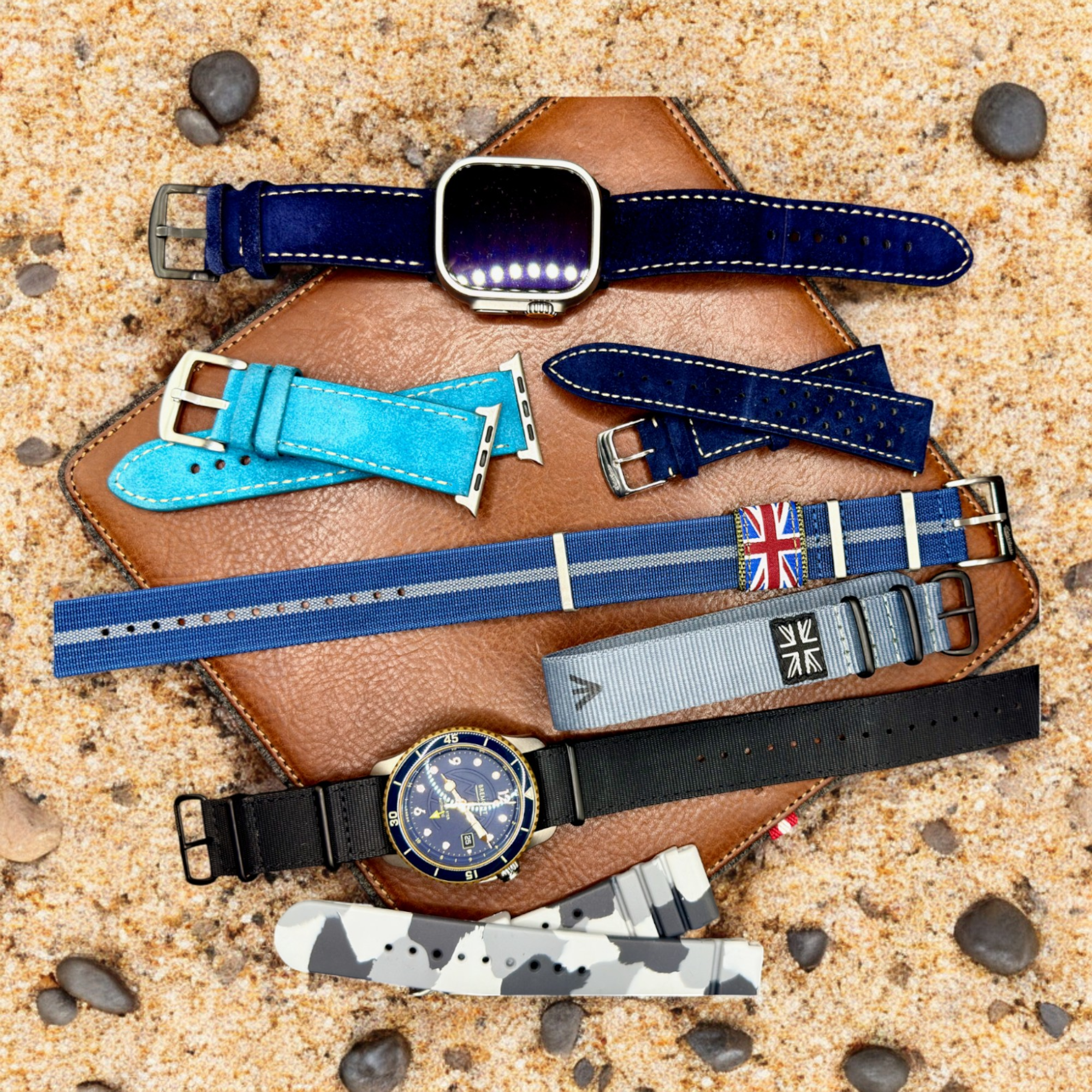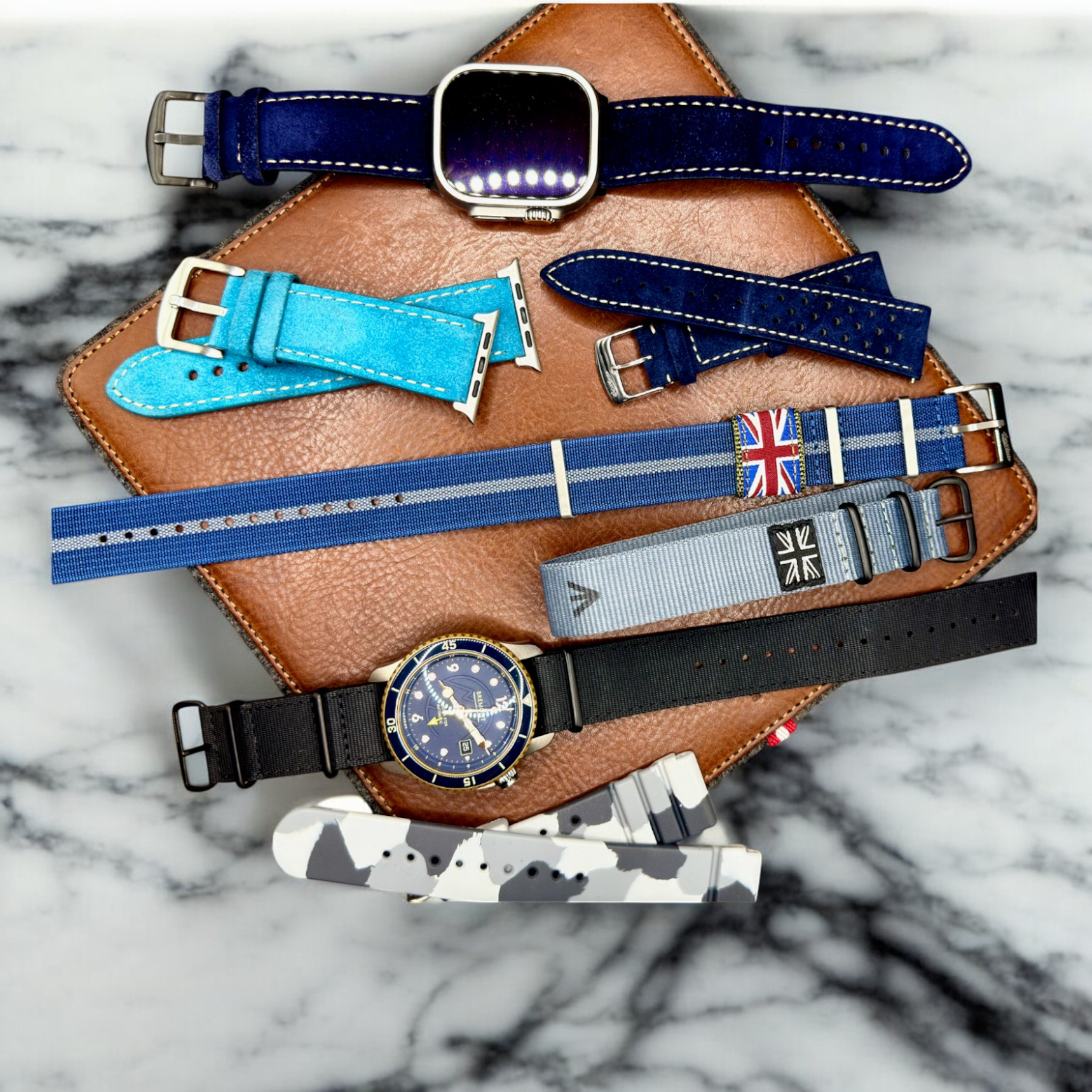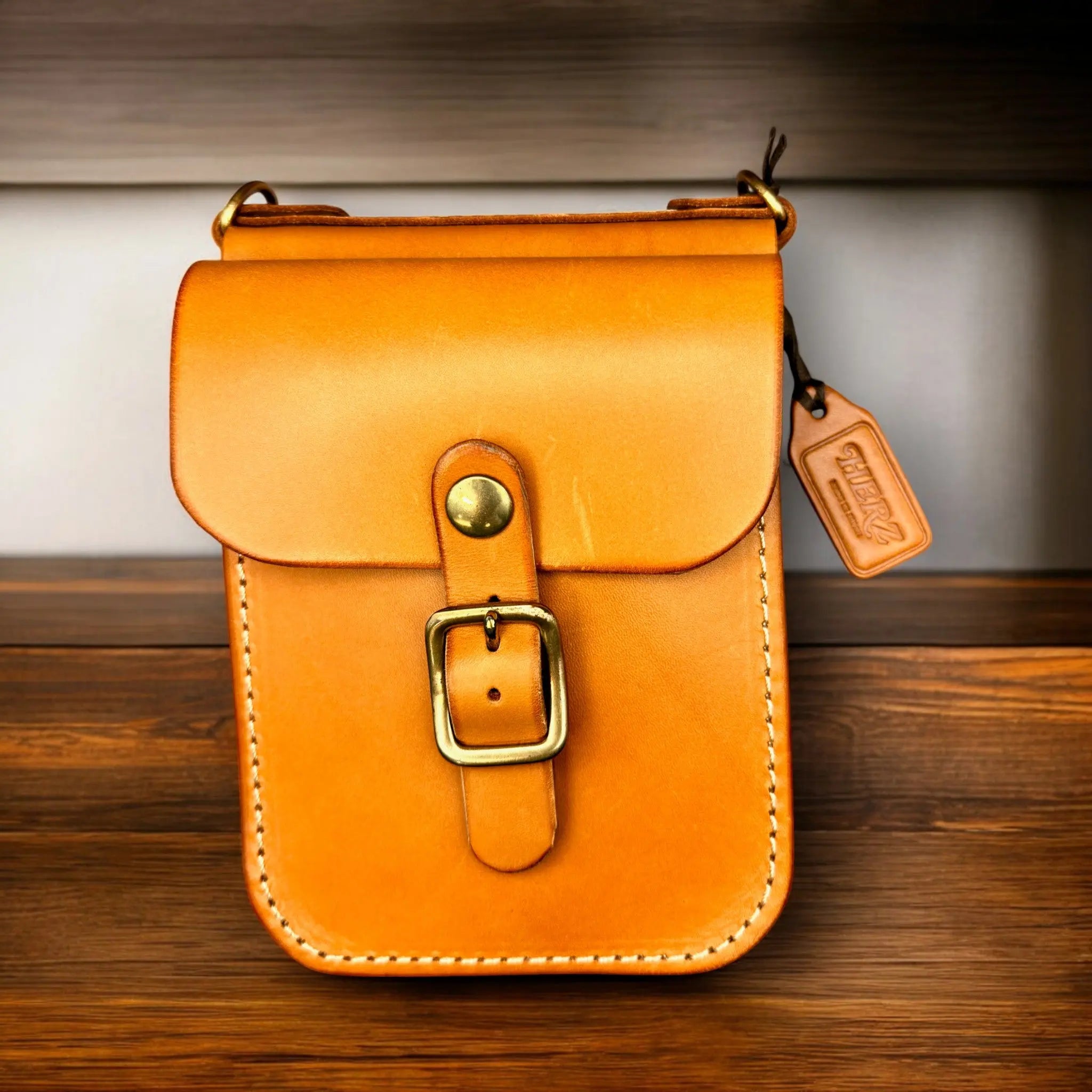Leather products are crafted from natural, vegetable-tanned leather that ages beautifully with time. To preserve the material's unique texture and extend its lifespan, regular and proper care is essential.
1. Before First Use: Initial Conditioning
Why it matters:
Many leather is untreated with synthetic coatings, so it's more susceptible to stains, dryness, and water spots early on. Conditioning it from the start builds a layer of protection.
How to do it:
 |
Use a soft cloth or sponge and apply a very small amount of neutral leather conditioner (e.g., Renapur, mink oil, or a beeswax-based cream). |
 |
Gently spread the product over the entire surface in circular motions, especially focusing on areas exposed to frequent handling. |
 |
Let it sit and absorb naturally—avoid wiping it off immediately. |
Optional tip: Try it first on the bottom of the item or inside flap to check how much the leather darkens (this is normal for vegetable-tanned leather).
Result: Slight darkening and enhanced sheen. Water resistance will improve subtly.
2. Daily Care: Light Cleaning
Why it matters:
Dust and small particles can scratch the leather surface and dull its shine over time.

How to do it:
- Gently brush off dust with a soft horsehair brush or use a dry microfiber cloth after each use.
- For frequent use bags, wipe once a week to prevent buildup in seams and corners.
- Avoid: Wet wipes, alcohol-based sprays, or baby wipes—they contain chemicals that may damage the finish.
3. Monthly or Bi-Monthly Maintenance: Oiling
Why it matters:
Leather dries out naturally, especially in dry climates or air-conditioned environments. Conditioning prevents cracking and keeps it supple.

Steps:
- Dust first: Always clean the surface before oiling.
- Apply oil or conditioner: Use a thin layer—less is more. Focus on areas that bend often (e.g., bag handles, strap loops).
- Allow time to absorb: Leave the leather to rest in a shaded area for several hours or overnight.
- Buff gently: After absorption, use a dry soft cloth to buff the surface and restore shine.
Frequency guideline: Every 1–2 months in dry weather. Less often in humid environments.
4. What to Do If the Leather Gets Wet

Immediate action is critical:
 |
|
 |
|
 |
|
NEVER:
- Use a hairdryer, heater, or leave it under direct sunlight.
- Dry it near an air conditioner or dehumidifier.
5. Treating Scratches and Stains
Minor scratches:
- Lightly rub with your finger or a damp cloth. Natural oils from your hand can help blend them in.
Surface dirt or light stains:
- Use a soft white eraser gently. Avoid coloured erasers that may leave residue.
Deep stains:
- These are difficult to remove completely from natural leather. If it's a water or oil stain, the best approach is:
- Apply a light layer of oil to the entire bag to help even out the color.
- Over time, the patina will blend the stain into a richer tone.
6. Storage Guidelines
Why it matters:
Improper storage can lead to mold, deformation, or drying.
Best practices:
- Store in a well-ventilated, dry space.
- Avoid sealed plastic bags or damp cupboards.
- Use a dust bag or wrap it in breathable cotton cloth.
- Keep the shape by stuffing it with newspaper or fabric.
- Avoid stacking heavy items on top of leather goods.
7. Special Note on Italian Leather Models (e.g., Organ Series)
These use oil-rich Italian leather and do not require additional conditioning at the beginning. Over-oiling may cause dark spots or excess softness.
- Simply wipe with a dry cloth to maintain their natural gloss.
- Oil only if the leather feels noticeably dry after long use.
8. Caution: Alcohol Exposure

Why it matters:
Alcohol, found in hand sanitizers and sprays, can remove the leather’s natural dye.
What happens:
- Treated leather may resist light stains better, but untreated spots may darken permanently.
- Repeated contact can leave visible marks or discolouration.
Tip: Regular conditioning can create a moisture barrier that reduces alcohol damage. Still, avoid direct contact as much as possible.
All rights in brands, logos, photographs, and other intellectual property are reserved by their respective owners.


